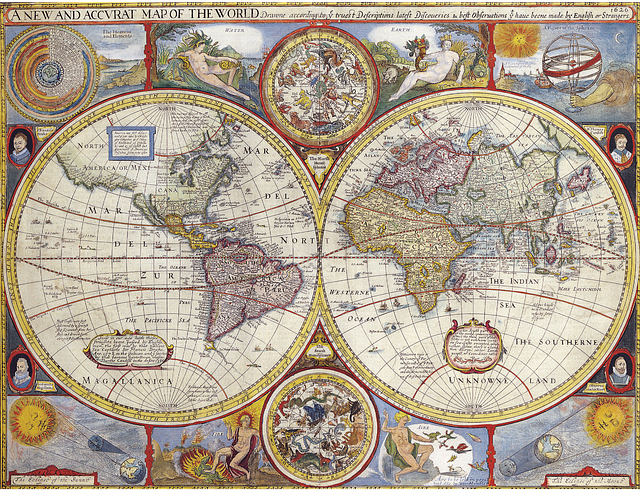As soon as next year, the United States’ fossil fuel industry will gain its first foothold on a valuable shortcut to sell natural gas to Asia. The shortcut goes straight through Mexico.
The new route could cut travel times to energy-hungry Asian nations roughly in half by piping the gas to a shipping terminal on Mexico’s Pacific Coast, bypassing the traffic- and drought-choked Panama Canal.
The terminal is symbolic of an enormous shift underway in the gas trade, one that will influence fossil-fuel use worldwide for decades and have consequences in the fight against climate change.
The American fracking boom has transformed the United States into the world’s largest gas producer and exporter. At the same time, the rest of the world has begun using ever more gas — in power plants, factories and homes — partly to move away from climate-polluting fuels like coal and oil. Demand is particularly growing in China, India and fast-industrializing Southeast Asian countries.
In Mexico, the action is centered for now on a gas terminal, Energía Costa Azul, that was originally designed to send gas in the other direction: For more than a decade it has unloaded gas from Asian tankers and piped it to California and Arizona to be burned to produce electricity.
Fracking changed everything. Now Costa Azul, pinched between Baja California’s agave-covered mountains and the vast Pacific Ocean, is undergoing a $2 billion transformation into an export facility for American-produced gas. It’s the first in a network of gas exporting facilities planned down Mexico’s West coast.

